In the beginning
Designed in the 1970’s along side the more numerous Project 667B BD BDR BDRM NATO Delta I II III IV boats, the Project 941 Akula NATO codenamed Typhoon was a radical departure from anything that we have seen before or since.
In nearly every design of a ballistic missile submarine its main battery has usually been found aft of the sail housed neatly under a raised casing, this new submarine changed all that, this time these boats would have their main battery forward of the sail.
This submarine would also be a colossus of a machine dwarfing anything past or present and even today they remain the largest submarines ever built.
With the announcement of the incoming trident program in the United States the Soviets began radically rethinking their current strategy, the older boats, those of the Project 667A Yankee and Project 658 Hotel class submarines were simply not up to the job countering this new system.
The incoming Delta I & II class fared much better (Delta III and IV are more improved) but still could not counter the new trident missile in terms of warheads and range thus a new solution and missile was needed.
The Weapons
The design brief went out to both missile design stations and submarine design bureaus, the result was a missile much larger than anything in the Soviet arsenal at the time and a missile that was larger than trident.
The design work on the Missile began in 1971 by Design station SKB 385 Mashinostroyeniya known as Makayev rocket design bureau. The missile was to be known by its GRAU index 3M65 (later 3M20 & 3R65) but to NATO this was to be known as the SS-N-20 Sturgeon.
The missile was to be fired using the D-19 missile firing complex which allows the missile to be fired Surfaced or Submerged.
The missile itself was to be large, far larger than anything currently in submarines in the west.
To give you a comparison of the missiles this table was created using open-source information exact figures remain classified both east and west.
| SS-N-20 | Trident C4 | Trident D5 / LE | |
| Length | 16.1m | 10.2m | 13.4m |
| Diameter | 2.4m | 1.8m | 2.1m |
| Mass | 84,000kg | 33,100kg | 59,000kg |
| Warheads | 10 MIRV | 8 MIRV | 10 MIRV |
| Yield | 100-200kt | 100kt | 100-200kt |
| Operational range | 5,200nm | 4,600nm | 7,300nm |
| Guidance | Astro Inertial | Astro Inertial | Stellar Inertial |
| Engine | 3 stage solid rocket | 3 Stage Solid Rocket | 3 Stage solid rocket |
| Operational Dates | 1983-2004 | 1979-2005 | 1983-Present |
NOTE: Specifications are from publicly available sources.
Besides the 20 nuclear missiles the submarine had six 533mm torpedo tubes with a further 22 reloading shots in the torpedo compartment.
The typhoon was typically armed with several types of torpedoes namely the 53-65K, SET-65 SAET-60M, USET-80 and the VA-111 Skhval.
The typhoon is also able to carry the Korund as well as SS-N-15 & 16 anti-submarine missiles.
The Boats
With the United States making the announcement in the 1970’s of the trident program, the Soviets knew that a new class of submarine would undoubtedly follow, this would ultimately culminate in the very impressive Ohio class submarines.
Later the Royal Navy would follow suite with the Vanguard class replacing the Polaris armed Resolution class.
The Ohio would be bigger than any previous submarine built for the United States Navy, and be by far the most advanced submarine fielded by any nation at that time.
24 Ohio’s were initially planned however only 18 were ever built, they were designed to carry 24 trident missiles 8 more than any previous submarine has ever carried.
Today 14 Ohio class submarines carry the Trident D5 missile while the other 4 have been converted to carry up to 154 tomahawk cruise missiles, with over 40 years of service the boats of the Ohio class are due to decommission in the late 2020’s and early 2030’s.
The Soviet boat on the other hand while being substantially larger and of the same era was only able to carry 20 missiles, this was more to do with the size and weight of the missile and equipment.
When we compare the two submarines you can see just how much larger the typhoon is to the Ohio.
| Ohio | Typhoon | |
| Length | 170m | 175m |
| Beam | 13m | 23m |
| Draft | 10.8m | 12m |
| Surface displacement | 16,500kg | 24,500kg |
| Submerged Displacement | 18,500kg | 48,000kg |
| Power Plant | 1 x S8G PWR Reactor | 2 x OK650B PWR Reactor |
| Crew | 155 | 160 |
The Typhoon has the ability to detach an escape pod which can accommodate the entire crew which can on some mission’s number up to 180 people.
On top of this the submarine is split into 19 watertight compartments and given her size the submarine has a reserve buoyancy of around 32%, each hull is essentially one submarine.
The Typhoon was designed to operate close to home in a new strategic plan we called in the west the Bastion concept.
The boat would leave its home base of Zapadnya Litsa and head out into the Arctic ocean and hide under the Polar ice, if the order to fire came she would punch through ice up to 3 meters thick and fire her missiles.
The boat was never designed to operate in the deep Atlantic so diving depth and speed are of no consequence.
The submarine was constructed out of high tensile steel giving her a operation diving depth of 400 meters, unlike a lot of the new soviet submarines of the time which would operate at 500 or 600 meters and sometimes more.
Habitability on the boat is vastly improved due to their size, the boat boasts a crew rest area separate from the mess with a smoking area and usually, live birds, cats and other creatures would be kept as pets.
They also have a sauna, a small splash pool, and an arcade games machine these are amenities only found on the large Soviet / Russian boats.
Initially a total of 12 boats were planned the first was Laid down on the 30th June 1977, Launched 27th September 1980 and commissioned on 29th December 1981 the TK-208 became the very first typhoon to be built five more would follow before the collapse of the Soviet Union in 1991 the last boat TK-210 was scrapped before completion in 1990.
Below is a grid with each of the boats of the class with important dates and their current status.
| Submarine | Laid Down | Launched | Commissioned | Decommissioned | Notes |
| TK-208 | 30/06/1976 | 27/09/1980 | 29/12/1981 | 2026 | 10/07/2000 Became Dmitri Donskoi |
| Modified in 1991 to Project 941U | |||||
| Modified in 2002 to Project 941UM | |||||
| Currently Active | |||||
| TK-202 | 22/04/1978 | 23/09/1982 | 28/12/1983 | 28/03/1995 | Scrapping started 02/08/1999 |
| TK-12 | 19/04/1980 | 17/12/1983 | 26/12/1984 | Unknown 2000 | Reserve 1996 Scrapping start 07/2005 |
| TK-13 | 23/02/1982 | 30/04/1985 | 26/12/1985 | Unknown 1998 | Scrapping started 15/06/2007 |
| TK-17 | 08/09/1983 | 12/12/1986 | 15/12/1987 | 26/01/2005 | Named Arkhangelsk 2002 Awaiting disposal |
| TK-20 | 27/08/1985 | 11/04/1989 | 19/12/1989 | 29/04/2004 | Named Severstal 2000 Awaiting disposal |
| TK-210 | Not Laid Down | Component parts built never laid down |
Engineering and Sensors
Each of these boats were powered by two OK-650B nuclear reactors giving a total of 190MW or 50,000shp each.
Each reactor was housed separately one in each pressure hull thus giving the Typhoon increased survivability, the Typhoon however could still easily function with one reactor out of action.
The reactors would produce steam to power two V V steam turbines which in turn gave out 37mw of power to drive the two 7 blade fixed pitch low noise shrouded propellers.
Back up power was provided by two ASDG -800 800kw diesel generators and a substantial bank of lead acid batteries.
To the right the top of the OK-650B reactor being inspected onboard TK-12 in 1996
The Typhoon as built can listen out for contacts using her MGK-500 SKAT-KS with 4 antennas which is a bow mounted active / passive sonar array and, the MGK 540 SKAT 3 towed sonar array.
They are also equipped with the MG-519 Arfa-M mine detection HF sonar, MG-512 Vint and MG-553 for speed and cavitation detection and calculations and the MG-518 for sounding.
Later boats would be upgraded to carry the MGK-501 Skat 2M bow sonar and the GPBA Pelamida systems.
Typhoons seldom would operate on the surface for anything other than transiting into deeper waters, thus the MRKP-59 Radar system for reconnaissance and navigation was installed in order to give the crew some idea of what was out there.
To navigate a more complex system which used a satellite system called symphony was installed to operate with the Tobol-941 complex, later the NOK 1 navigation system was installed along side the Tobol-941.
Another Electronic means of detecting other vessels was the Zaliv-P ESM antenna this like most antennas that were on masts it was seldom used as the submarine rarely came to the surface once on deployment, later the MRKP-58 ESM and Radar mast was installed.
The typhoon could communicate and receive her orders using the Cintez and Anis radio antenna as well as the VBAU towed radio and communications antenna while submerged.
Another communication method featured the Kora satellite communications mast which has become the prime method of receiving communication.
The final chapter of the Typhoon
The typhoon class submarine were one of the most expensive submarines ever to be built in the Soviet Union, while some people attribute their construction to the downfall of the soviet union it is unlikely this single class of submarine could solely achieve this.
Many other factors most certainly contributed to the final collapse of the Soviet Union in 1991.
Ultimately with the collapse of the Soviet Union and the shrinking of the defense budget these submarines which have huge operational costs were the first to be cut back, many were laid up and disposed of well before they ended their designed life span.
Today only three submarines remain the TK 17 Arkhangelsk and TK 20 Severstal both are laid up pending disposal, the other TK 208 Dmitri Donskoi remains active as a test platform with the Northern Fleet, she is due to be retired in 2026 when a new Project 955M Borei class submarine of the same name will replace her.
TK-208 is however scheduled to live on, plans are currently afoot to turn the first built and last active typhoon class submarine into a museum.
TK-208 Dmitri Donskoi if decommissioned in 2026 will have served the Soviet and Russian navy for a total of 45 years.
Right: Top down view with TK17 Arkhangelsk inboard and TK20 Outboard with cut away casing

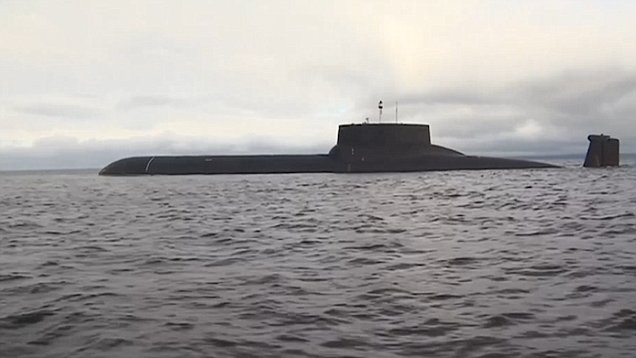
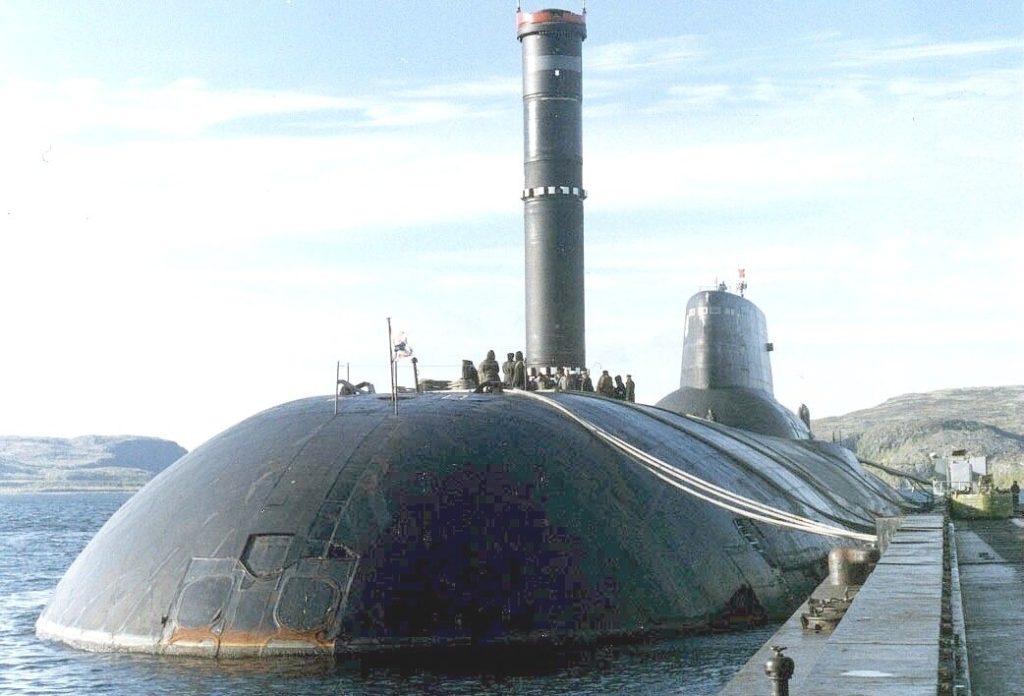

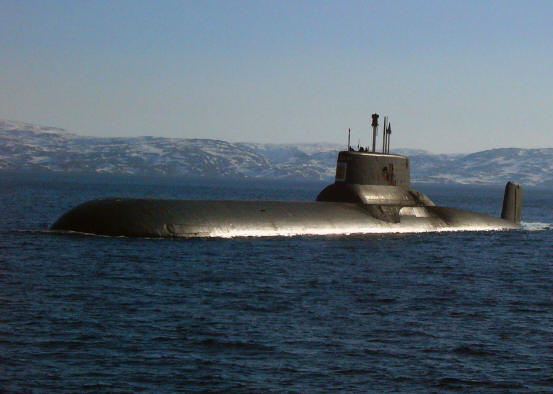
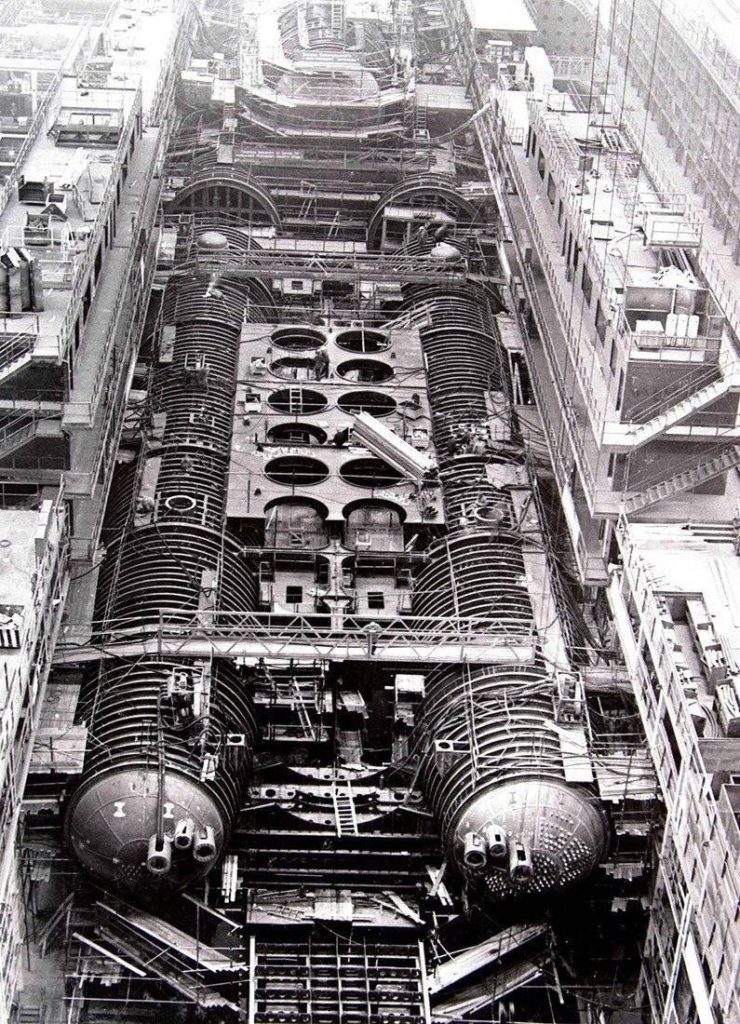


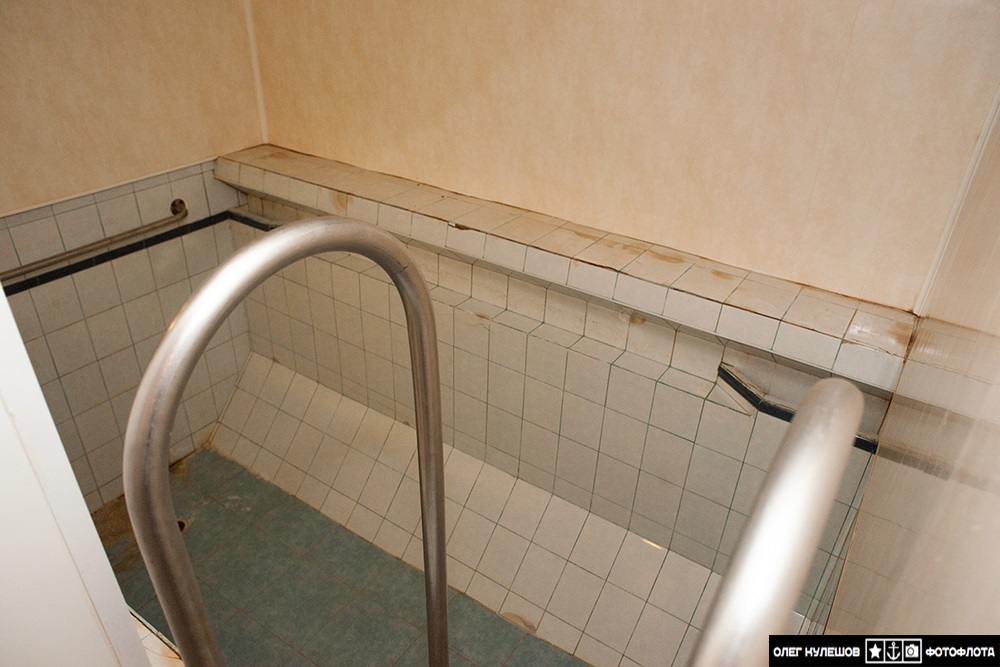

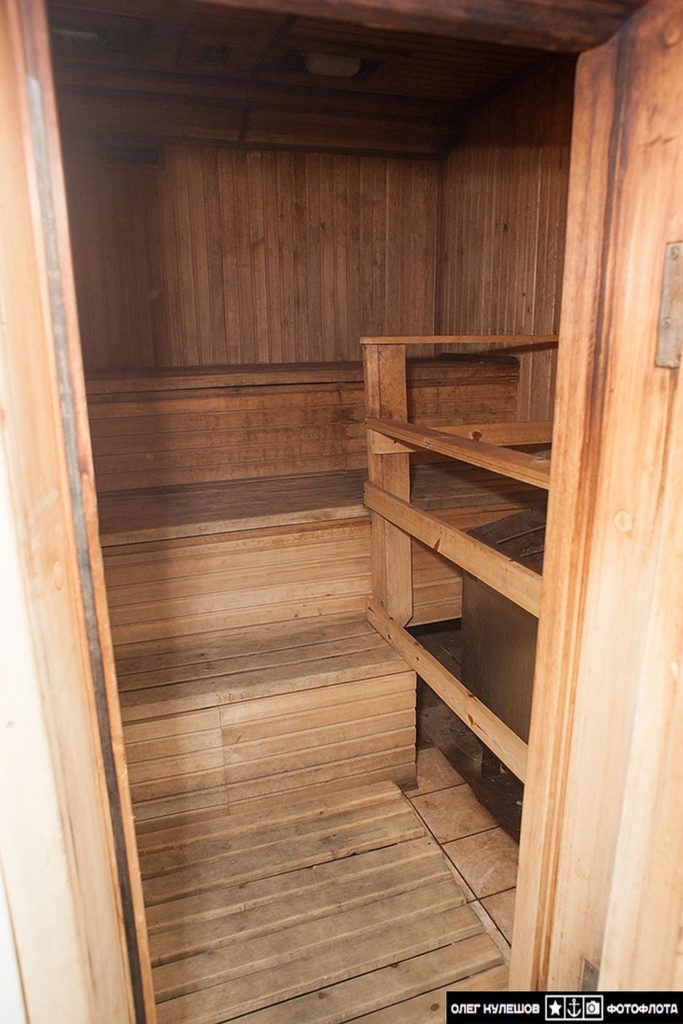

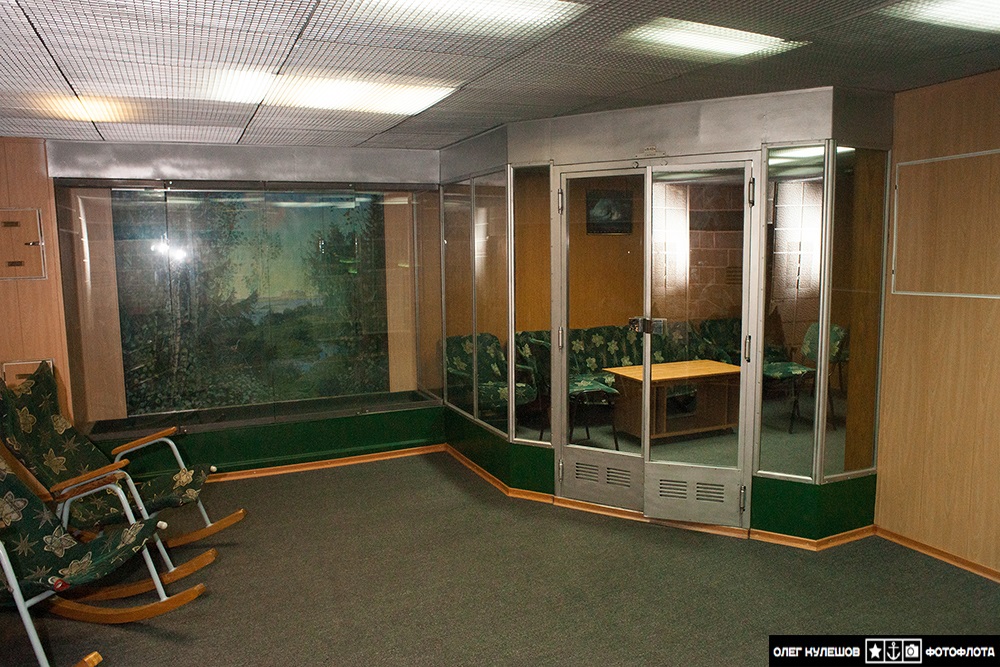
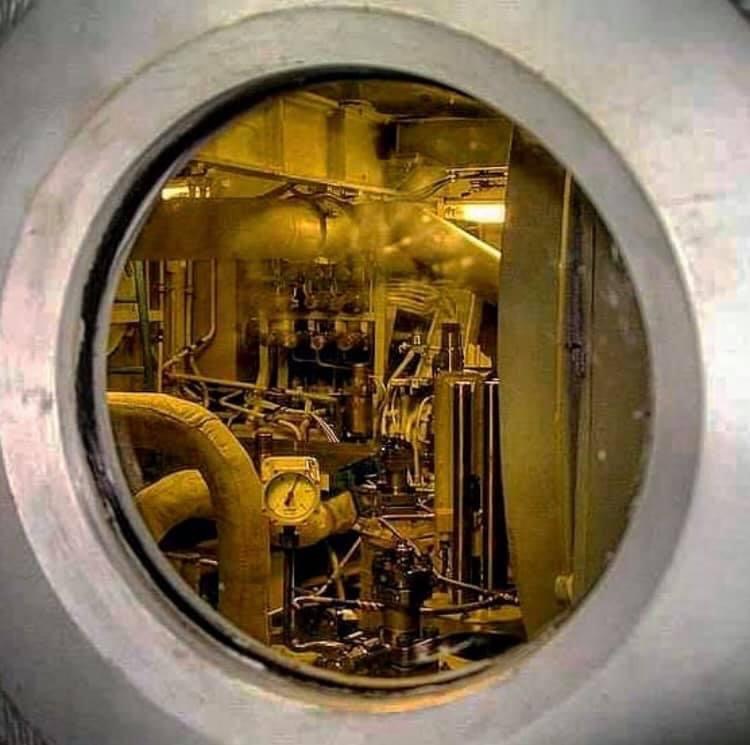
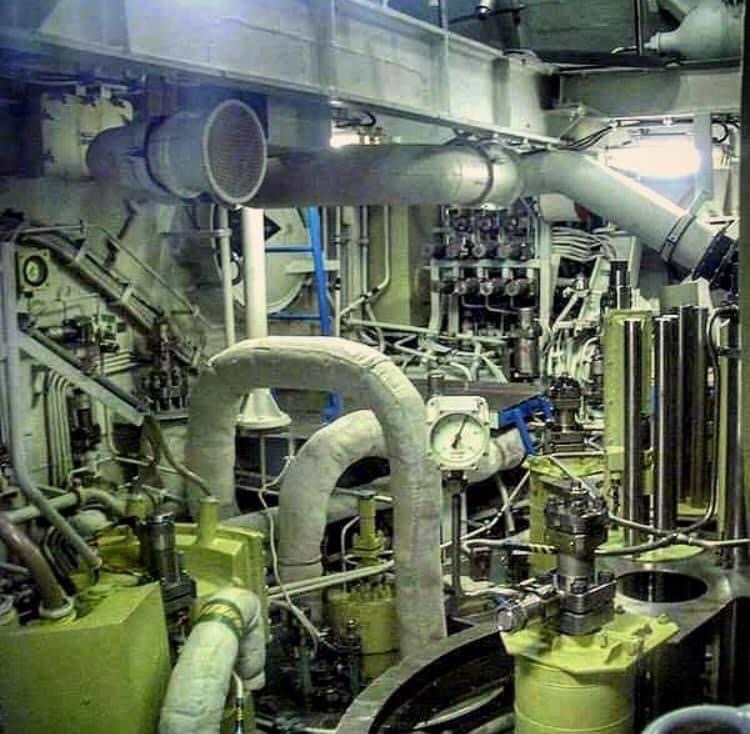
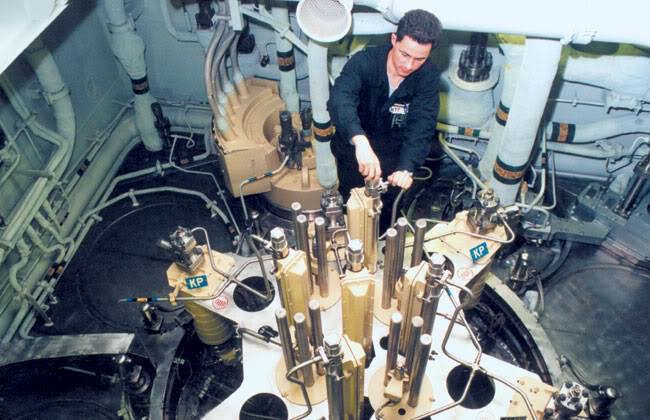
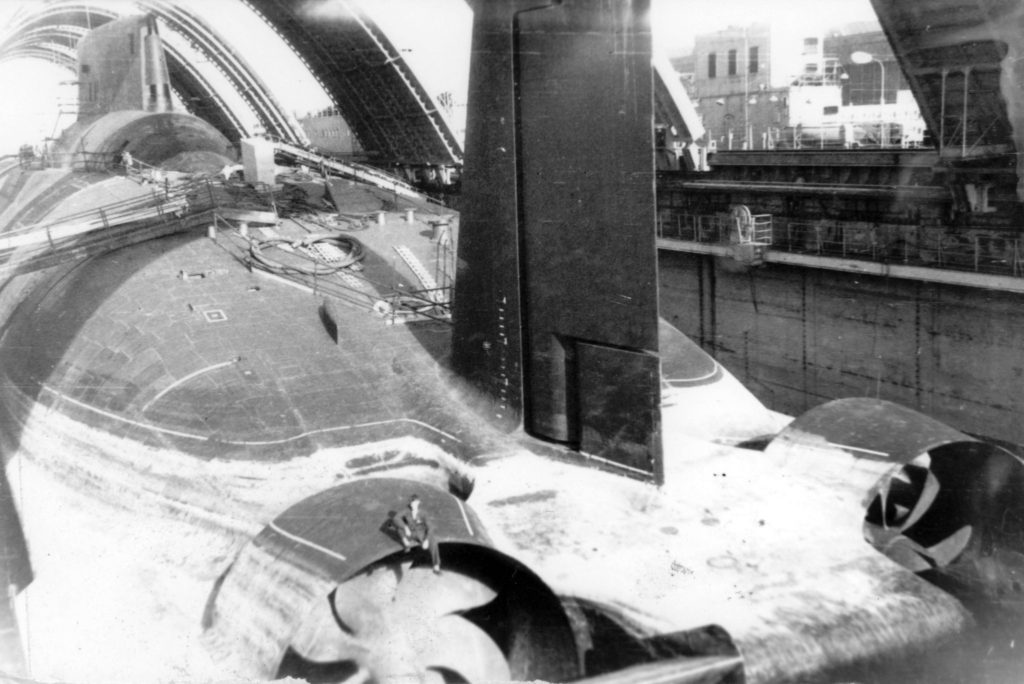
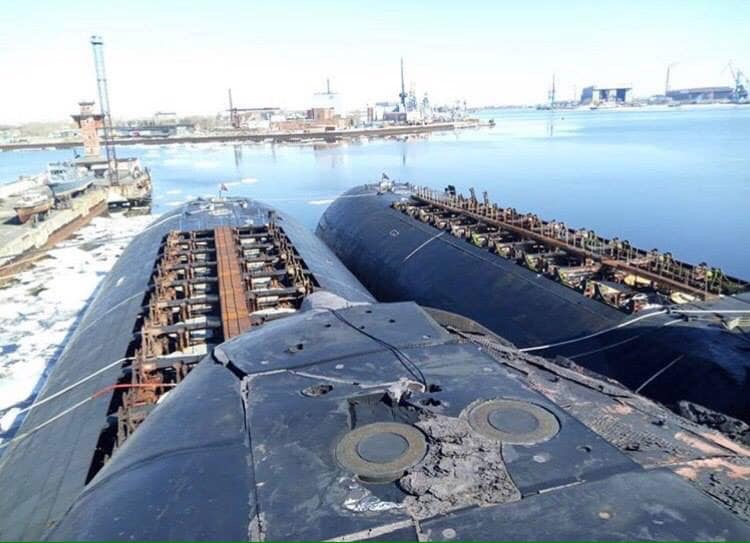
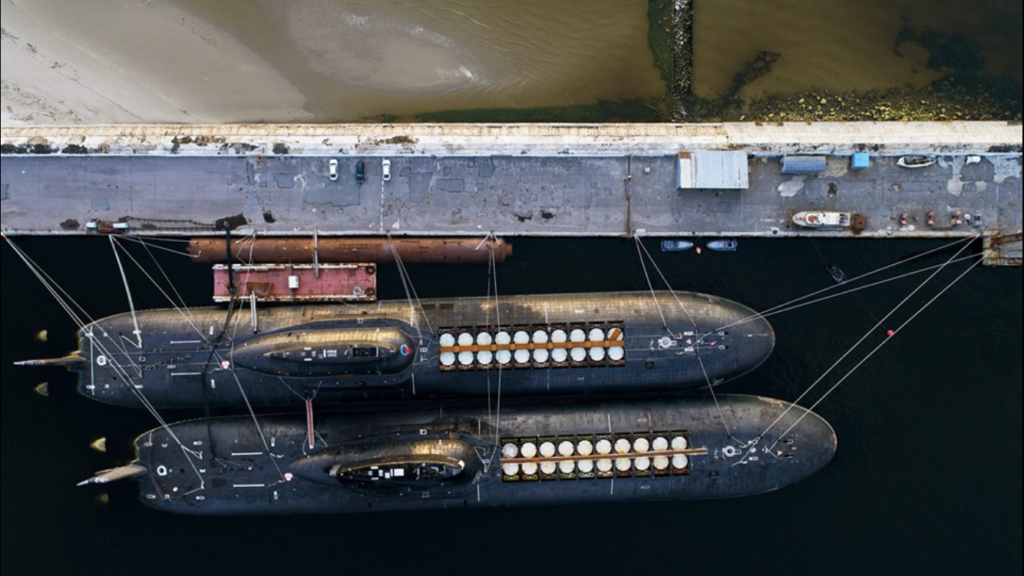
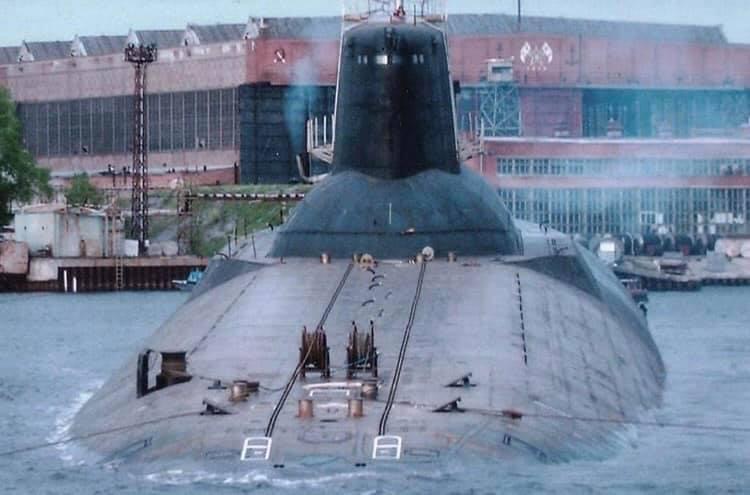
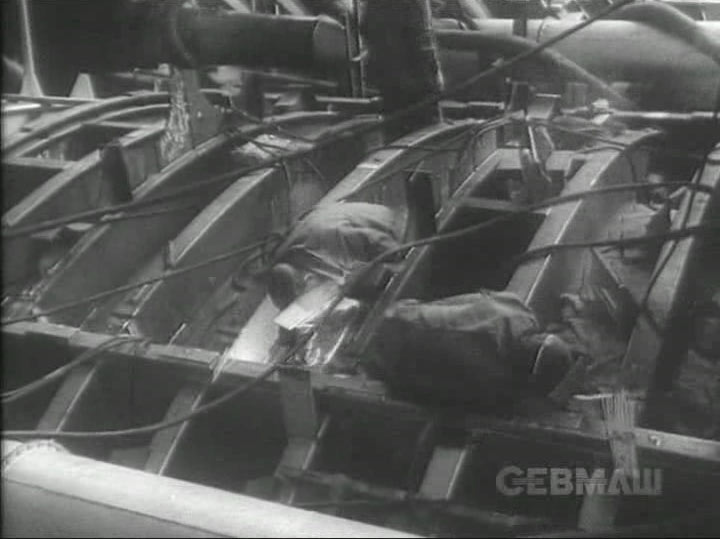
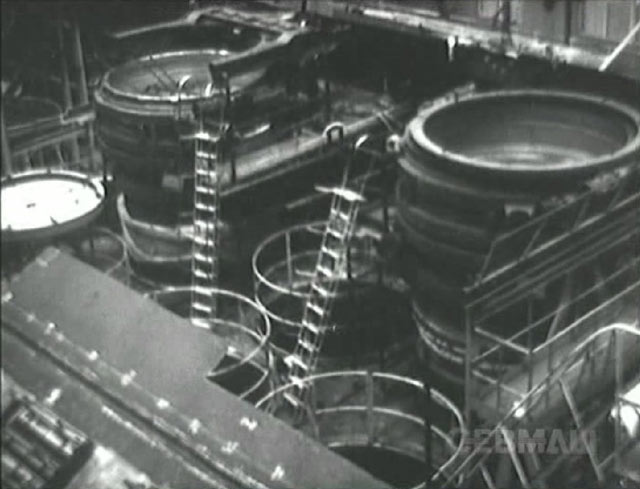
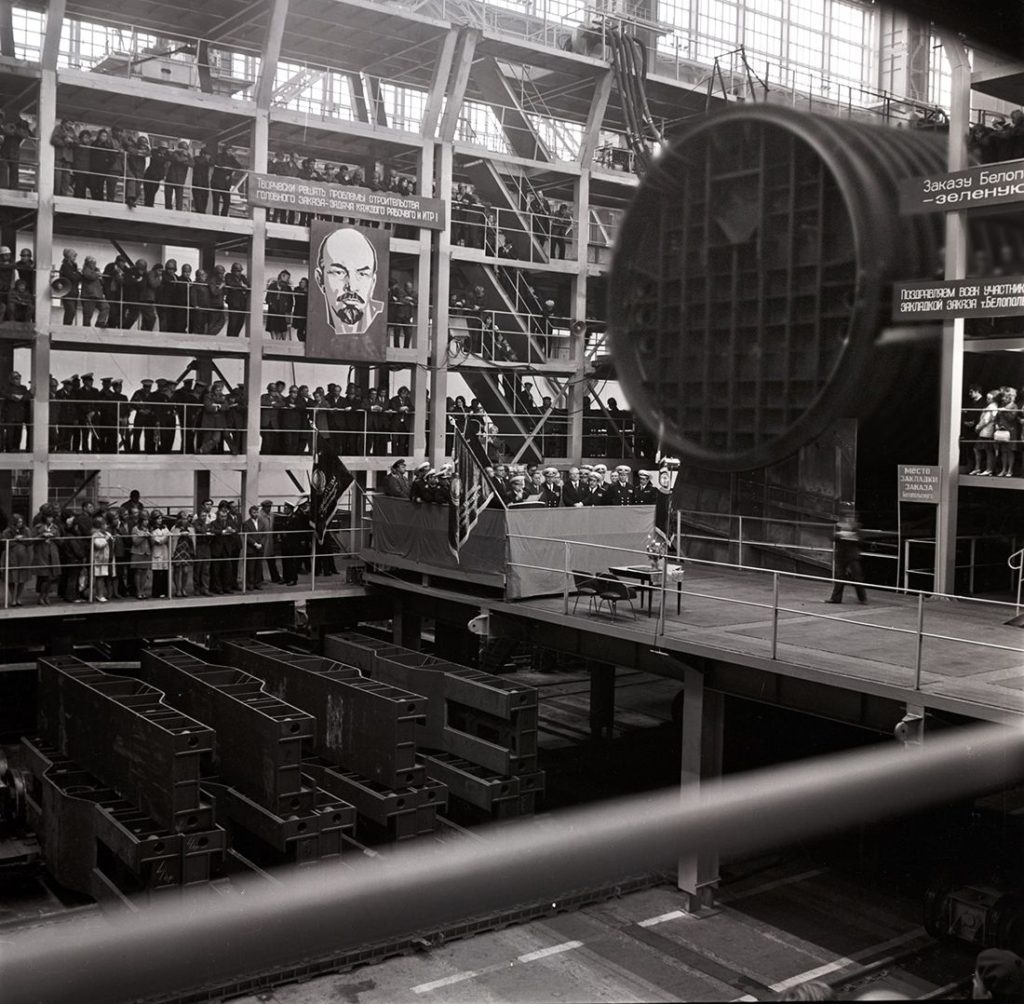

Recent Comments